The formulas in the “Shang Han Lun” that utilize both cold and heat herbs can be summarized as follows: Chai Hu Gui Zhi Gan Jiang Tang (Bupleurum and Cinnamon Decoction with Dried Ginger), Zhi Zi Gan Jiang Tang (Gardenia and Dried Ginger Decoction), Ban Xia Xie Xin Tang (Pinellia Decoction to Drain the Heart), Fu Zi Xie Xin Tang (Aconite Decoction to Drain the Heart), Huang Lian Tang (Coptis Decoction), Wu Mei Wan (Mume Pill), Ma Huang Sheng Ma Tang (Ephedra and Cimicifuga Decoction), and Gan Jiang Huang Qin Huang Lian Ren Shen Tang (Dried Ginger, Scutellaria, Coptis, and Ginseng Decoction), totaling eight formulas. The Chai Hu Gui Zhi Gan Jiang Tang has been discussed previously, while the Zhi Zi Gan Jiang Tang will be omitted. The Sheng Jiang Xie Xin Tang (Fresh Ginger Decoction to Drain the Heart) and Gan Cao Xie Xin Tang (Licorice Decoction to Drain the Heart) can be represented by the Ban Xia Xie Xin Tang. Below is a brief description of each formula.
Ban Xia Xie Xin Tang
Ban Xia Xie Xin Tang is a formula that combines cold and heat herbs.It is a representative formula for harmonizing the cold and heat evils affecting the spleen and stomach.Sheng Jiang Xie Xin Tang and Gan Cao Xie Xin Tang are variations based on it.It treats a syndrome characterized by disharmony of the spleen and stomach qi, with fullness and distension below the heart accompanied by phlegm and fluid.Due to the presence of phlegm and fluid, it also includes symptoms of vomiting.Clinical observations indicate that this syndrome may present with fullness below the heart, vomiting, borborygmus, diarrhea, or irregular bowel movements.This syndrome arises from the disharmony of yin and yang in the spleen and stomach, with disordered ascending and descending qi, leading to obstruction in the middle jiao, and the generation of phlegm and fluid due to mixed cold and heat.Thus, Ban Xia Xie Xin Tang is used to bitterly descend, acridly disperse, harmonize the stomach, and purge phlegm as its main actions.Ban Xia Xie Xin Tang consists of Ban Xia (Pinellia), Huang Qin (Scutellaria), Huang Lian (Coptis), Ren Shen (Ginseng), Zhi Gan Cao (Honey-fried Licorice), and Da Zao (Jujube). This syndrome has qi mechanisms that are not ascending or descending properly, leading to obstruction in the middle jiao, and the stomach qi not descending, which generates heat. Therefore, the formula uses the bitter cold properties of Huang Qin and Huang Lian to descend it, while the acrid warmth of Gan Jiang is used to warm it, as the spleen qi is not ascending and generates cold, leading to borborygmus and diarrhea. Thus, Ban Xia is used to descend the counterflow and harmonize the stomach to stop vomiting; the weakness of spleen and stomach qi cannot regulate the ascending and descending, hence Ren Shen, Gan Cao, and Da Zao are used to tonify it. This formula clears the upper and warms the lower, combining bitter descent and acrid dispersion, using both cold and heat to harmonize the spleen and stomach, making it the main formula for treating fullness below the heart.
Fu Zi Xie Xin Tang
Fu Zi Xie Xin Tang is used to treat heat obstruction below the heart, with yang deficiency unable to protect the exterior, accompanied by symptoms of “chills and sweating.” Generally, fever leads to easy sweating, while chills do not easily lead to sweating. However, when chills and sweating occur simultaneously, it reflects a deficiency of defensive yang and a loss of warming function.The defensive yang is the yang qi that protects the exterior, originating from the lower jiao, transformed from the kidney’s yang qi, reaching the body surface to “warm the flesh, fill the skin, nourish the pores, and control opening and closing.” When the lower jiao’s yang is deficient, the transformation of defensive yang is insufficient, losing its warming and protective functions, leading to chills and sweating, hence termed the syndrome of upper heat and lower cold. The treatment uses Fu Zi Xie Xin Tang to clear heat and warm the yang qi.Fu Zi Xie Xin Tang consists of Da Huang (Rhubarb), Huang Lian (Coptis), Huang Qin (Scutellaria), and Pao Fu Zi (Processed Aconite). In this formula, Da Huang, Huang Lian, and Huang Qin are soaked in boiling water to treat the heat obstruction in the qi level, while Fu Zi is decocted separately to extract its strong flavor and power to specifically tonify the deficiency of kidney yang. Although this formula uses both cold and heat, the soaking of the three Huang herbs and the separate decoction of Fu Zi emphasizes the support of yang while clearing heat as a secondary action.
Huang Lian Tang
The syndrome of Huang Lian Tang is characterized by “excess heat in the chest and evil qi in the stomach” as a pathological change. Heat in the chest leads to vomiting, while evil qi in the stomach causes abdominal pain or diarrhea. The treatment with Huang Lian Tang employs both cold and warm herbs, with sweet and bitter properties to regulate the yin and yang of the upper and lower, harmonizing the evil.Huang Lian Tang consists of Huang Lian (Coptis), Zhi Gan Cao (Honey-fried Licorice), Gan Jiang (Dried Ginger), Gui Zhi (Cinnamon), Ren Shen (Ginseng), Ban Xia (Pinellia), and Da Zao (Jujube). In this formula, Huang Lian is used to clear heat in the chest, Gan Jiang warms the cold in the spleen and stomach, Gui Zhi promotes the yang qi of the upper and lower, Ban Xia descends counterflow to stop vomiting, and Ren Shen, Gan Cao, and Da Zao nourish the stomach and calm the center, facilitating the regulation of the ascending and descending, thus harmonizing cold and heat yin and yang.
Wu Mei Wan
Wu Mei Wan is the main formula for treating the Jue Yin disease. When the disease reaches the Jue Yin stage, the interaction of yin and yang leads to symptoms characterized by mixed cold and heat. Symptoms such as “thirst, qi rising to the heart, heat and pain in the heart, and hunger without desire to eat” can occur. Due to the mixed cold and heat, with heat above and cold below, it may present as vomiting of roundworms and coldness in the hands and feet, termed “roundworm syndrome,” all of which can be treated with Wu Mei Wan.Wu Mei Wan consists of Wu Mei (Mume), Xi Xin (Asarum), Gan Jiang (Dried Ginger), Huang Lian (Coptis), Fu Zi (Aconite), Dang Gui (Angelica), Shu Jiao (Sichuan Pepper), Gui Zhi (Cinnamon), Ren Shen (Ginseng), and Huang Bai (Phellodendron). This formula is the main treatment for the mixed cold and heat of Jue Yin and roundworm syndrome. The formula uses Wu Mei soaked in vinegar to nourish the yin and harmonize the yang, with effects of harmonizing the liver, calming the stomach, astringing yin to stop thirst, and calming roundworms. Fu Zi, Gan Jiang, and Gui Zhi warm the channels and support yang to overcome cold; Chuan Jiao and Xi Xin are acrid and warm, capable of dispersing yang and breaking yin, and can kill roundworms. Huang Lian and Huang Bai are bitter and cold to clear heat and vexation, and subdue roundworms to treat vomiting. Ren Shen tonifies qi to strengthen the spleen, and Dang Gui nourishes blood to support the liver. The combination of these herbs expels cold and heat evils, harmonizes yin and yang, softens the liver, warms the lungs, and calms roundworms, which is the essence of the formula. Although both cold and heat are used in the formula, the warming herbs are predominant, and Wu Mei’s sourness astringes and secures, thus it can treat prolonged diarrhea due to mixed cold and heat. Rice and honey, sweet ingredients, are used as auxiliary materials to form pills, which not only nourish the stomach qi deficiency but also serve as bait to lure roundworms.
Ma Huang Sheng Ma Tang
Ma Huang Sheng Ma Tang treats the syndrome of exterior evil trapped internally, with qi not flowing smoothly, upper heat and lower cold, and disharmony of yin and yang. Due to the internal trapping of yang evil, the originally floating pulse changes to a deep and slow pulse. When palpating the lower pulse, it does not reach the position, indicating that the qi mechanism is obstructed, leading to unfavorable pulse pathways. When the qi mechanism is obstructed, the yin and yang qi do not connect smoothly, causing coldness in the hands and feet. If the internal trapped yang evil lingers above, it leads to upper heat and symptoms such as sore throat and vomiting of pus and blood. The yang trapped above cannot govern below, hence the syndrome also presents with persistent diarrhea. This syndrome involves both yin and yang being affected, with deficiency and excess, cold and heat also mixed and unclear, making it difficult to treat. However, Zhang Zhongjing’s Ma Huang Sheng Ma Tang treats both cold and heat, expelling the trapped yang evil externally while nourishing the yin of the lungs and stomach, clearing the upper and warming the lower, ensuring that yin and yang harmonize for recovery.Ma Huang Sheng Ma Tang consists of Ma Huang (Ephedra), Sheng Ma (Cimicifuga), Dang Gui (Angelica), Zhi Mu (Anemarrhena), Huang Qin (Scutellaria), Wei Rui (Ophiopogon), Shao Yao (Peony), Tian Dong (Asparagus), Gui Zhi (Cinnamon), Fu Ling (Poria), Zhi Gan Cao (Honey-fried Licorice), Shi Gao (Gypsum), Bai Zhu (Atractylodes), and Gan Jiang (Dried Ginger). In this formula, the dosages of Ma Huang and Sheng Ma are larger, used to disperse the trapped yang evil. Huang Qin and Shi Gao are used to clear the evil heat from the lungs and stomach, while Gui Zhi and Gan Jiang promote yang and warm the interior to dispel cold. Dang Gui and Shao Yao nourish blood to harmonize yin; Zhi Mu, Tian Dong, and Wei Rui nourish yin and lower fire to harmonize yang. Gan Cao, Fu Ling, and Bai Zhu not only strengthen the spleen and benefit qi to stop diarrhea but also calm the stomach and harmonize the center, facilitating the connection of the upper and lower. This formula combines tonifying and purging herbs to create a formula that assists rather than contradicts. Although it contains as many as fourteen ingredients, it is not chaotic, serving a precise purpose in treating mixed cold and heat syndromes.
Gan Jiang Huang Qin Huang Lian Ren Shen Tang
Gan Jiang Huang Qin Huang Lian Ren Shen Tang is used to treat the syndrome of upper heat and lower cold, characterized by “vomiting immediately after eating” and severe diarrhea. Therefore, this formula clears the upper and warms the lower, treating both cold and heat.Gan Jiang Huang Qin Huang Lian Ren Shen Tang consists of Gan Jiang (Dried Ginger), Huang Qin (Scutellaria), Huang Lian (Coptis), and Ren Shen (Ginseng). In this formula, Huang Qin and Huang Lian are used to drain upper heat, while Gan Jiang warms the spleen to dispel cold, and Ren Shen strengthens the spleen to tonify deficiency. This formula employs both cold and heat, with bitter descent and acrid dispersion, and Gan Jiang can also guide Huang Qin and Huang Lian, preventing the heat evil from causing obstruction. Therefore, some commentators believe this formula also treats “fire counterflow” vomiting.The mixed cold and heat formulas in the “Shang Han Lun” represent a significant innovation in the study of formulas by Zhang Zhongjing. Their scientific value is very high, and we should inherit and promote them well. The seven formulas mentioned above, while all serving to harmonize yin and yang and resolve the evils of cold and heat, each have their own characteristics. For example, Ban Xia Xie Xin Tang harmonizes yin and yang but focuses on treating fullness; Gan Jiang, Huang Qin, Huang Lian, and Ren Shen Tang harmonize yin and yang but focus on treating vomiting; Wu Mei Wan harmonizes yin and yang but focuses on treating roundworms; Ma Huang Sheng Ma Tang harmonizes yin and yang but focuses on inducing sweating; and Fu Zi Xie Xin Tang harmonizes yin and yang but focuses on supporting yang and stopping sweating. These all reflect the characteristic of TCM to treat according to the syndrome while recognizing the differences within the same.

Recommended Books
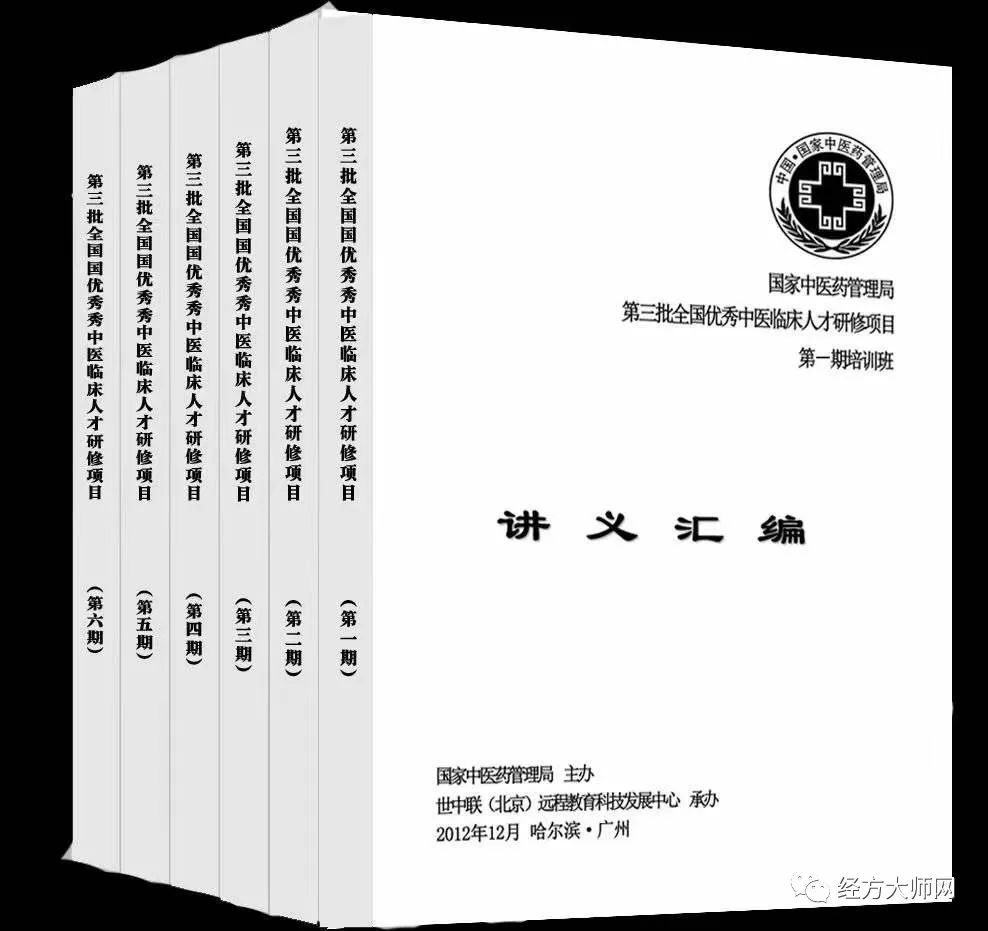

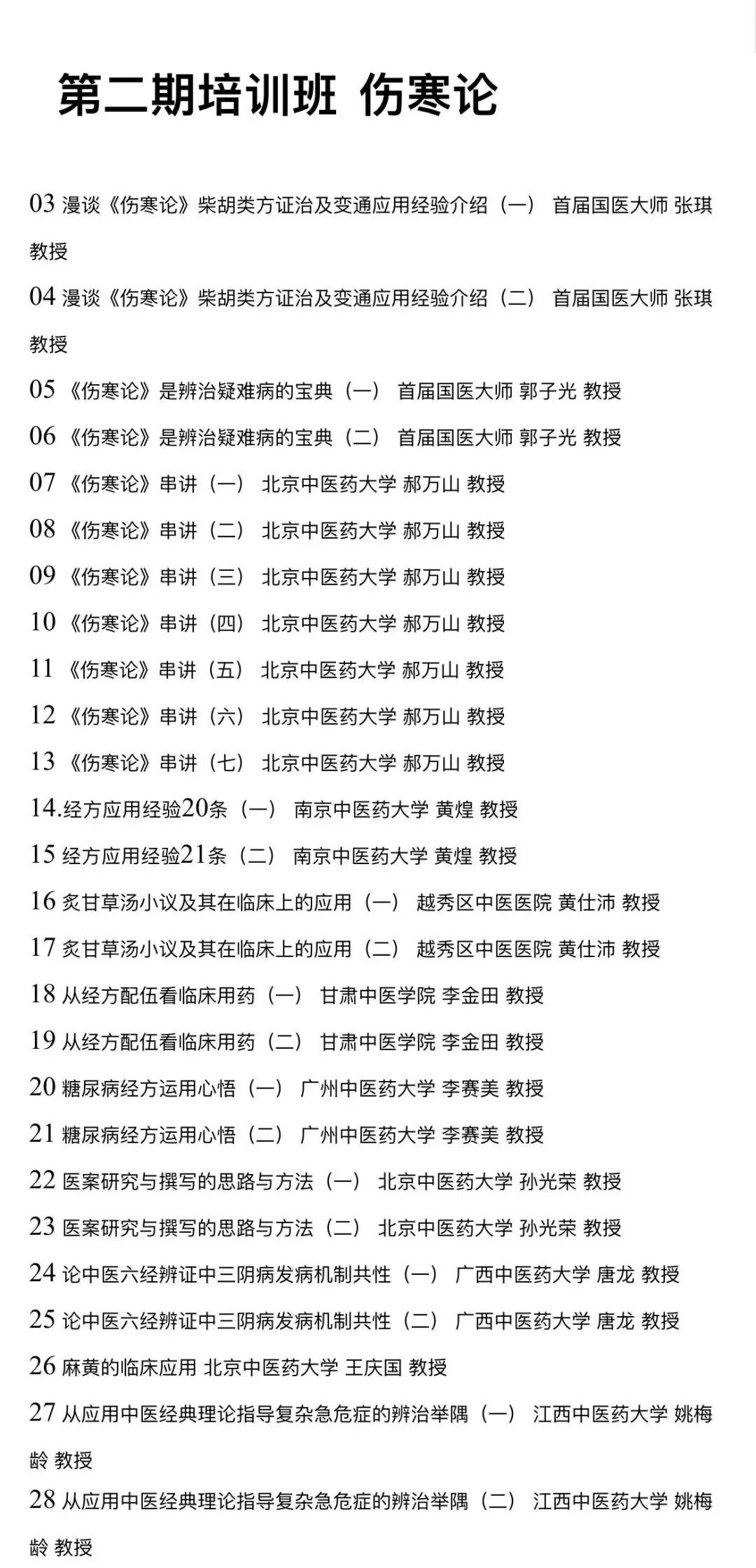
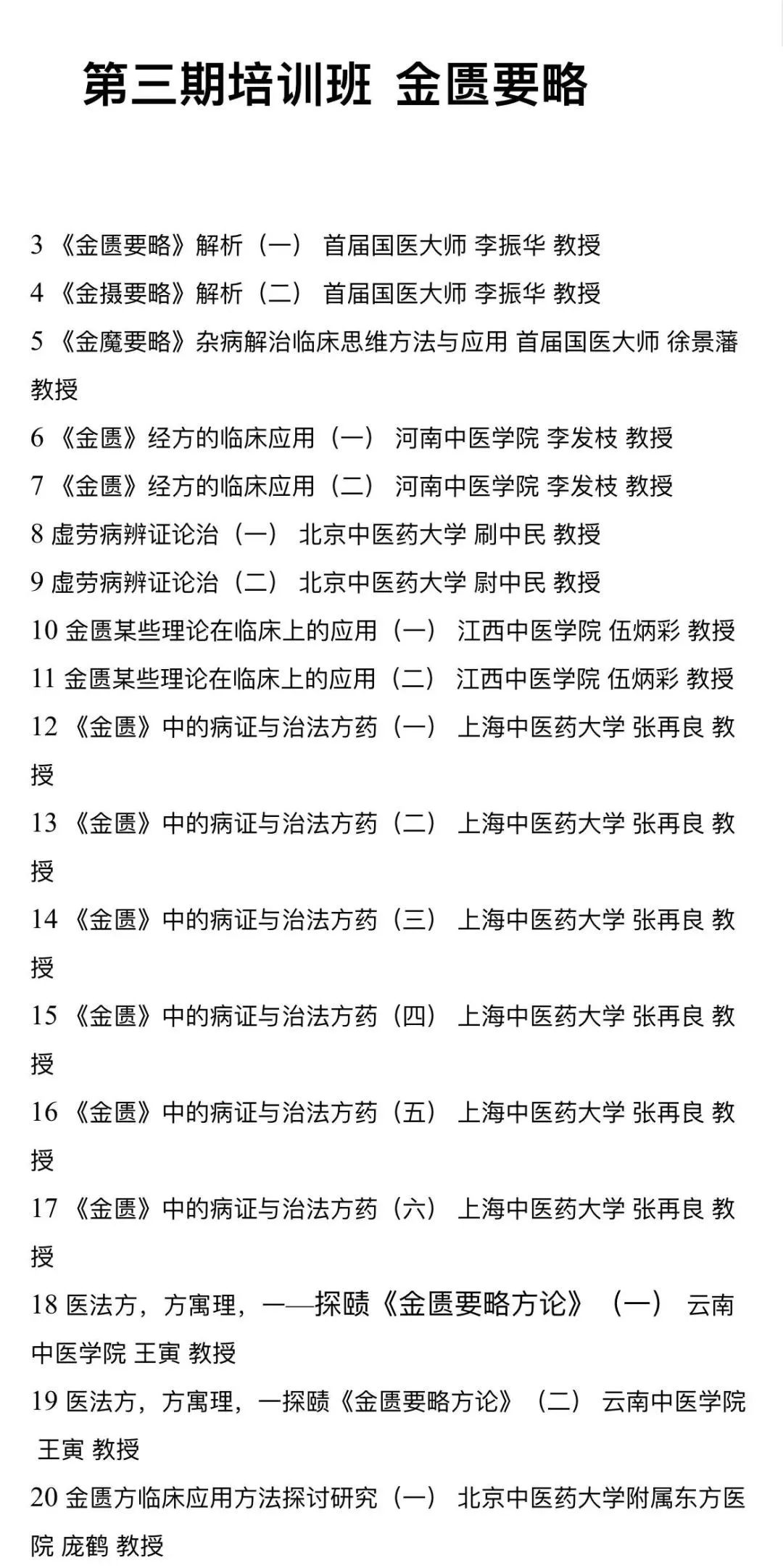
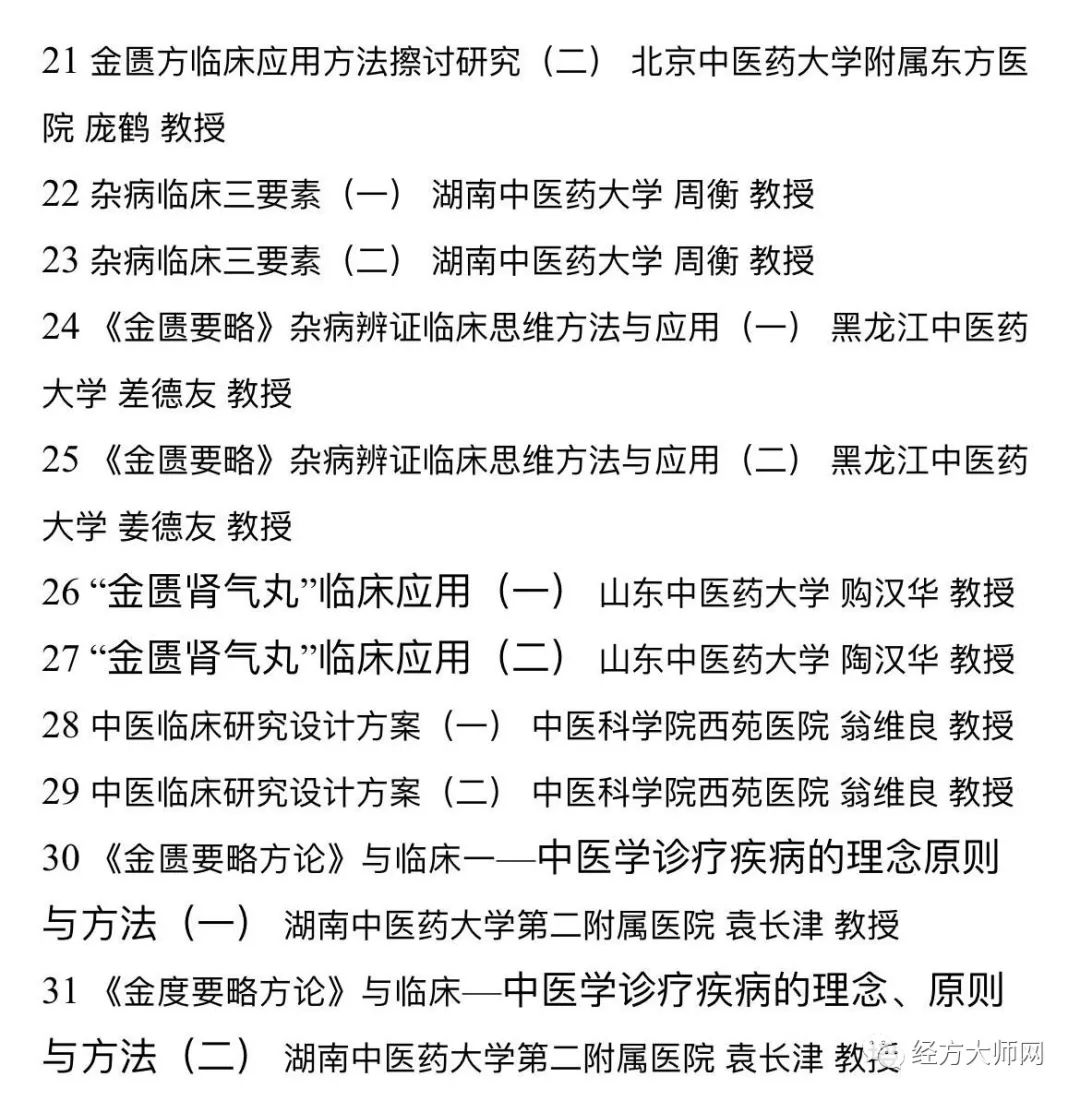
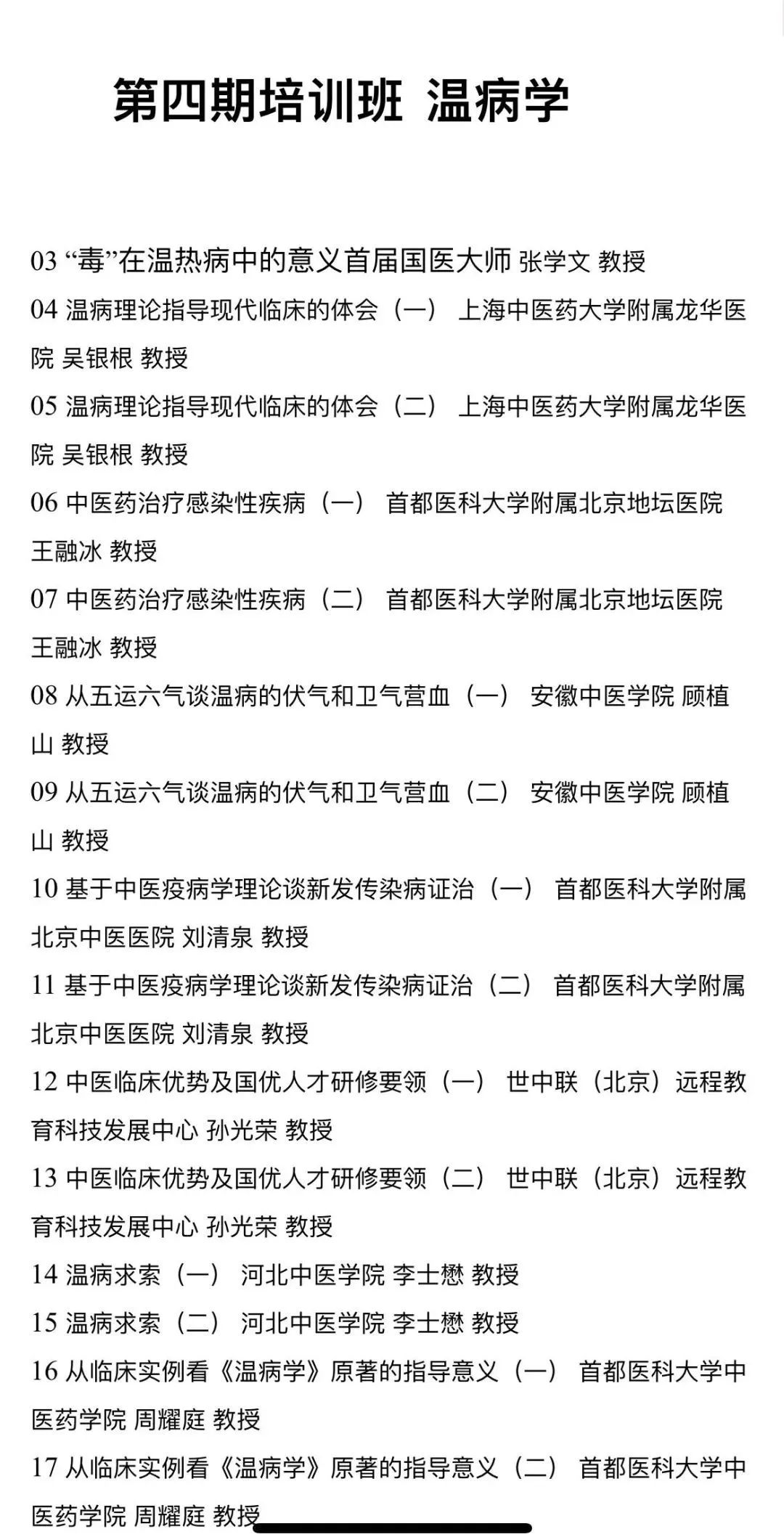
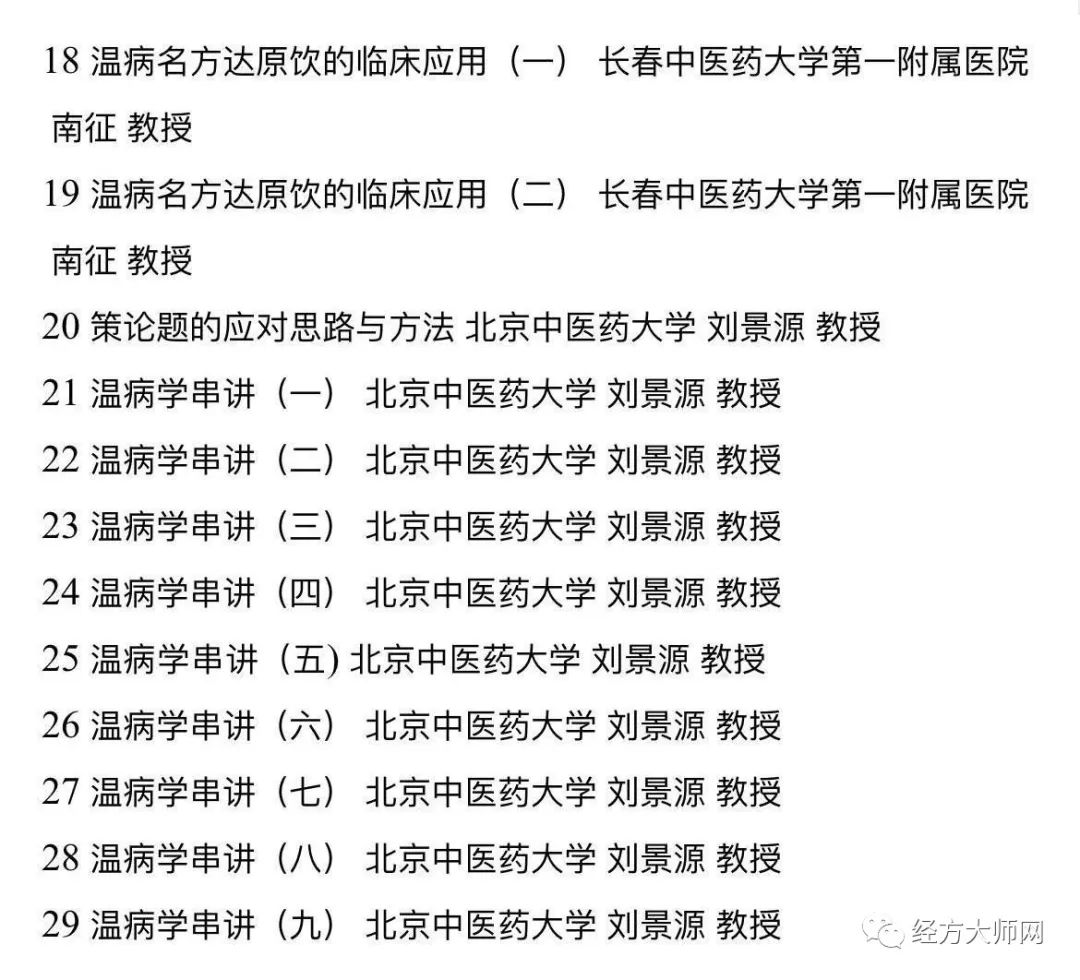
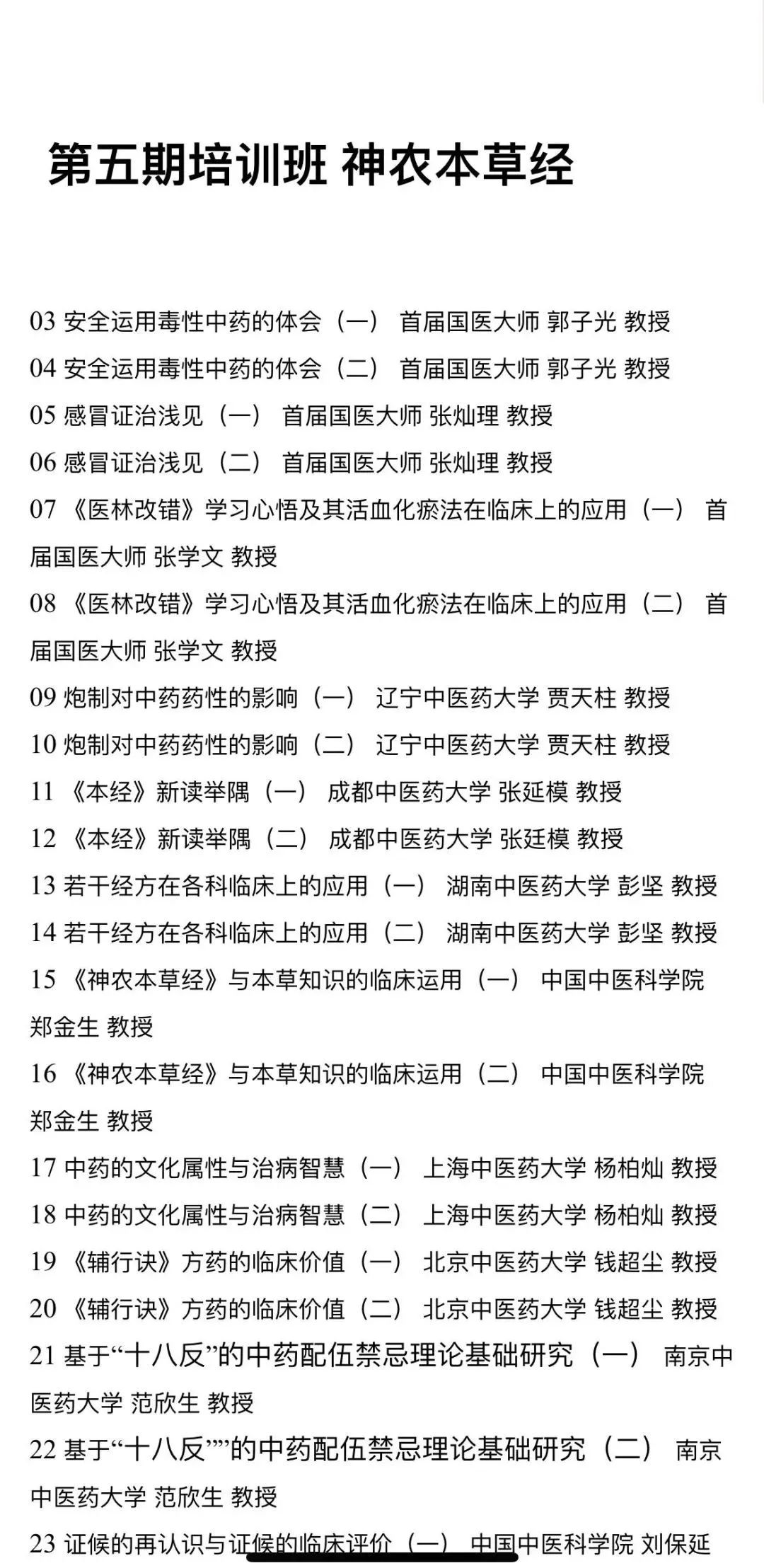
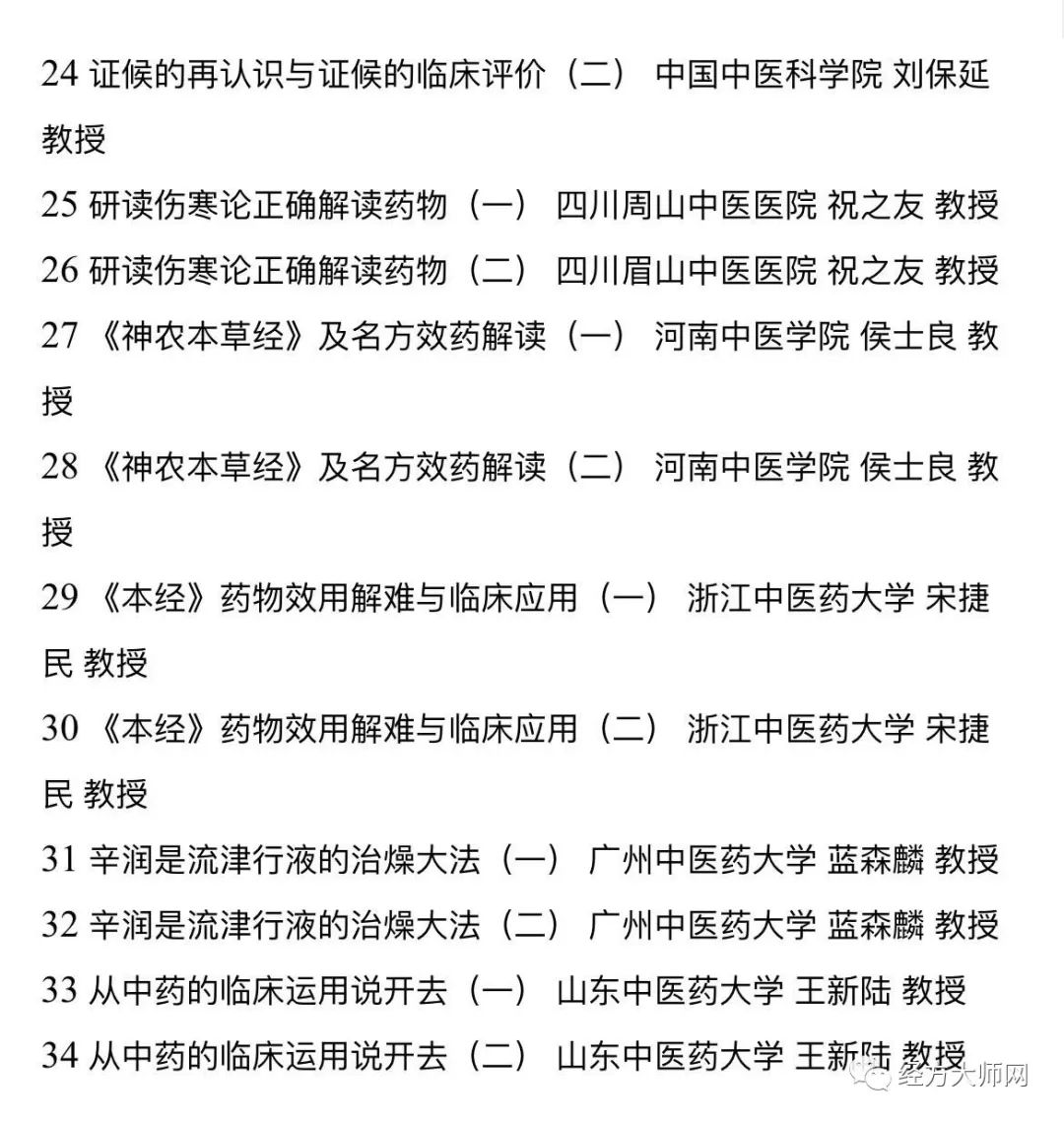
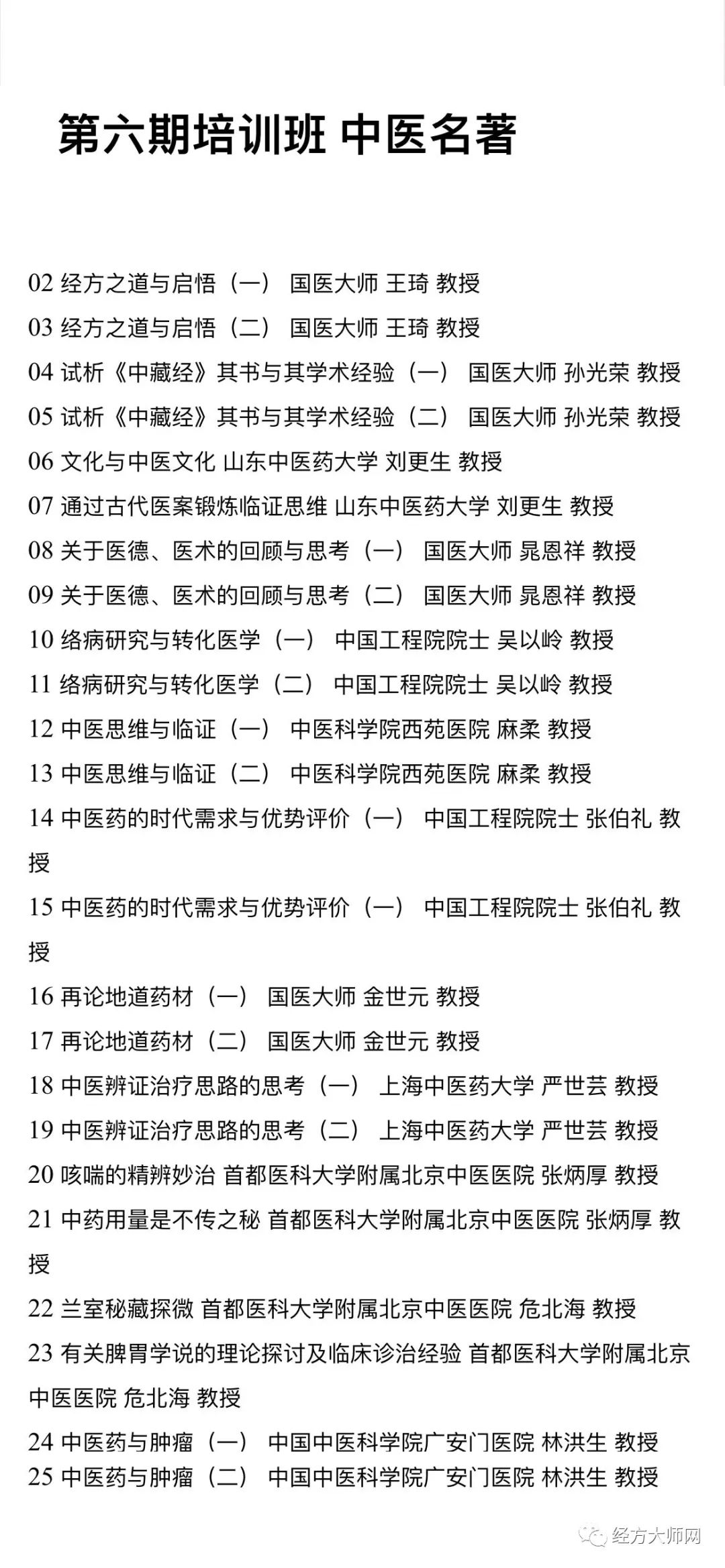
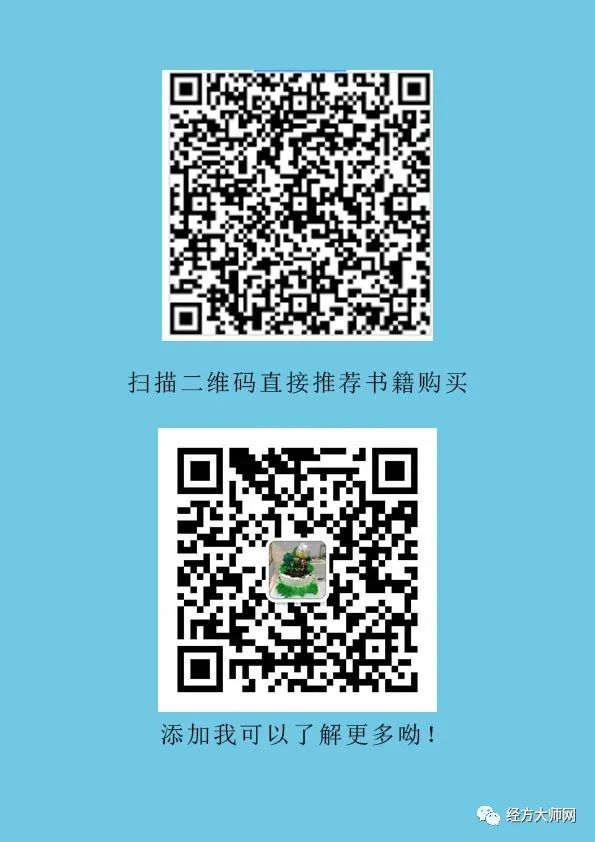
Previous Featured Articles


